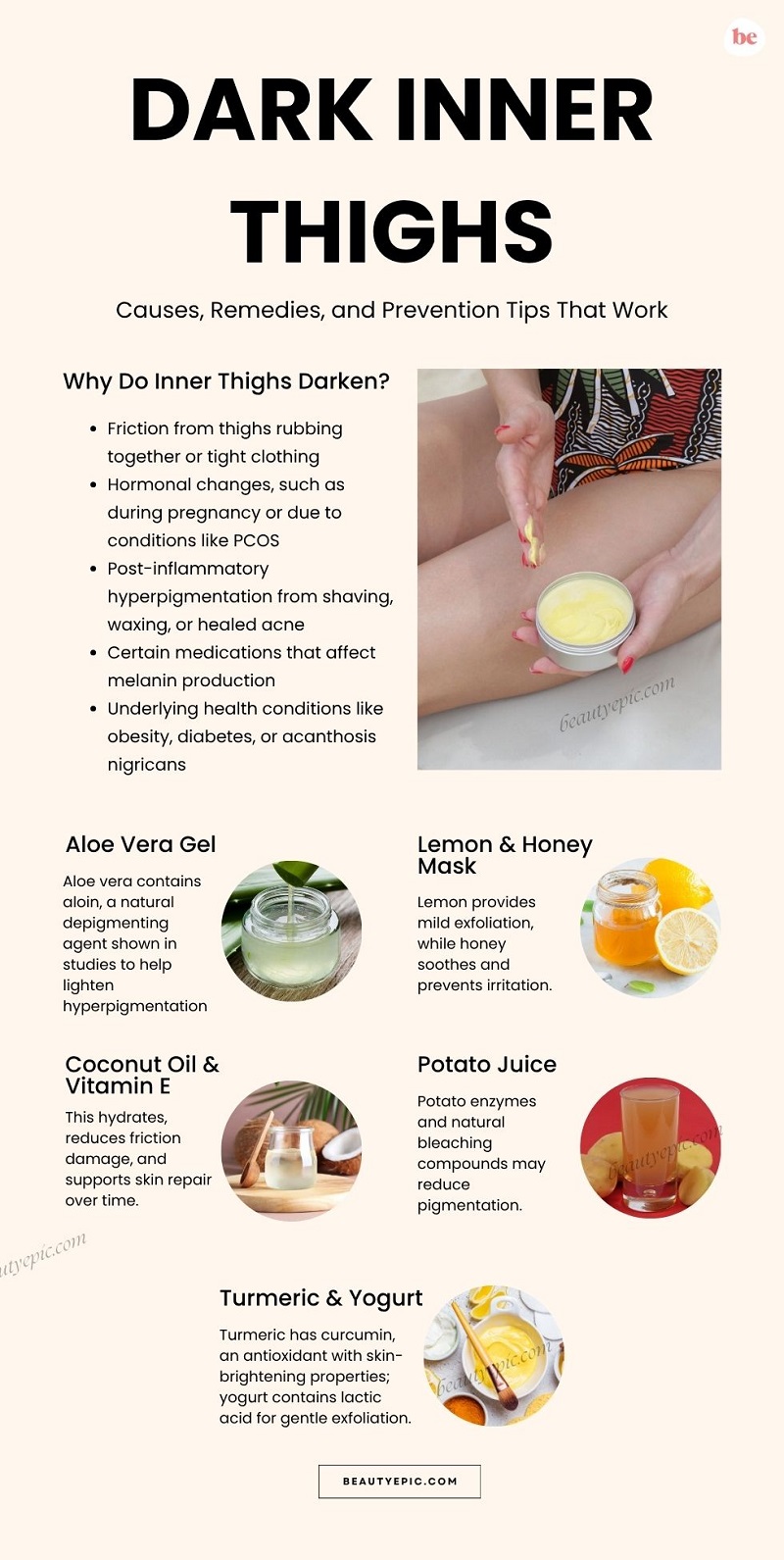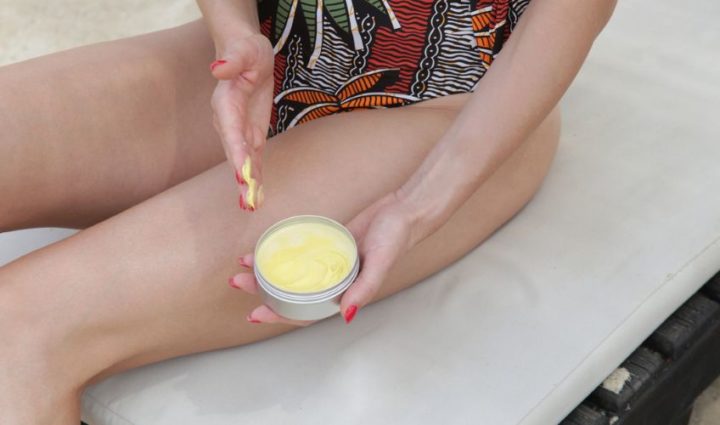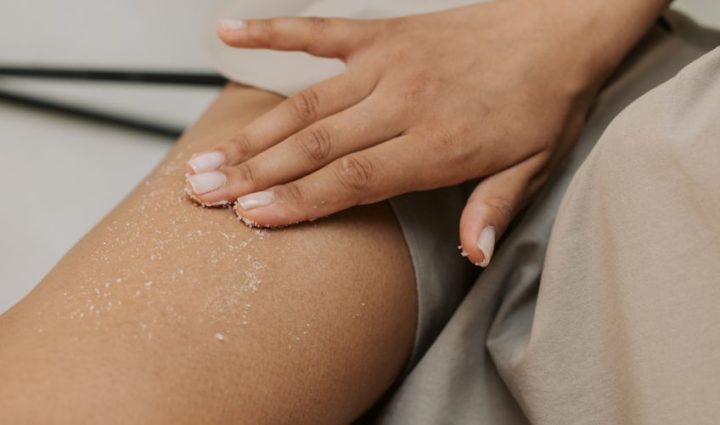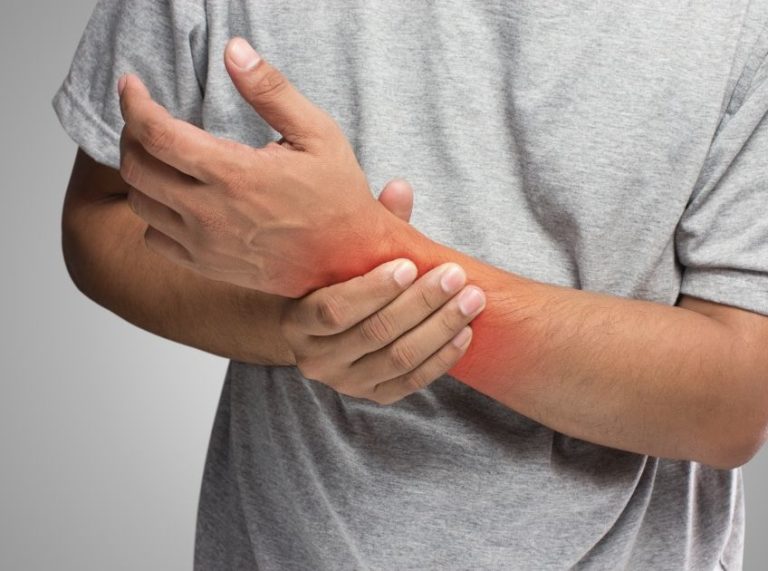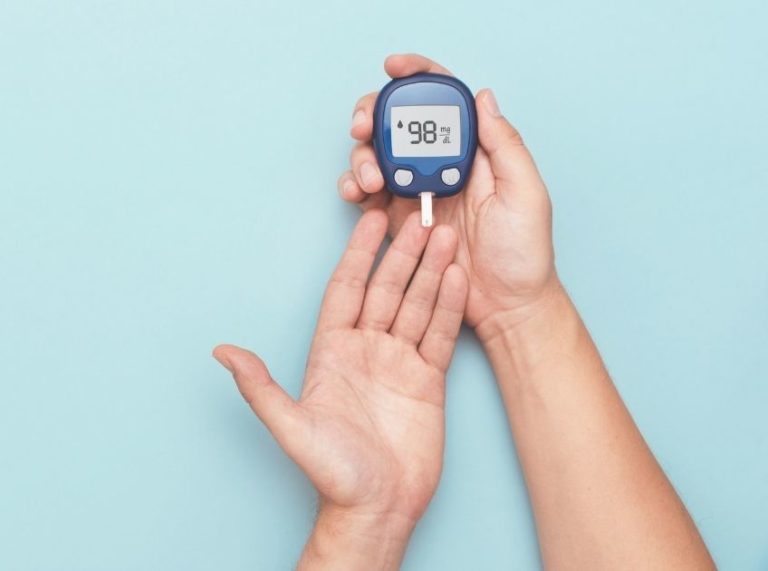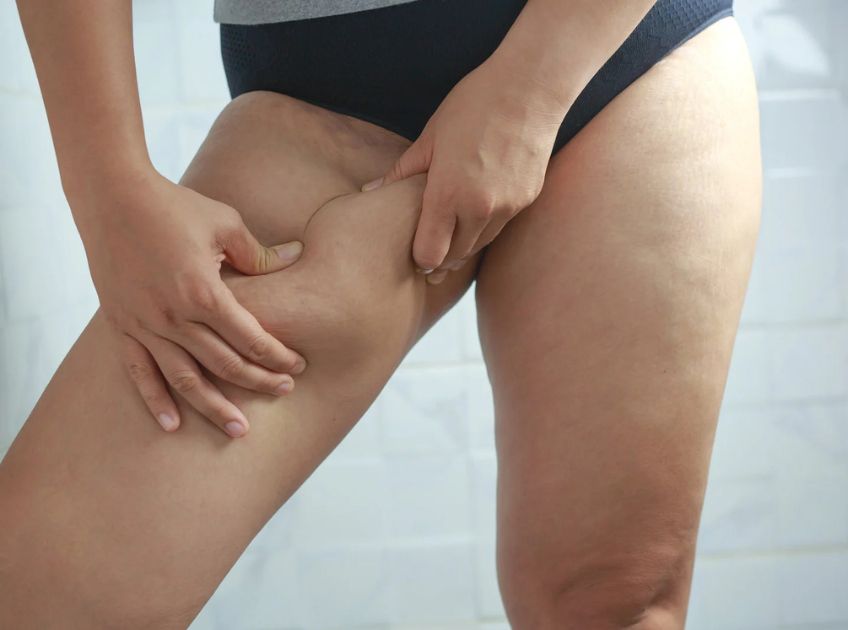
Important: This article is for informational purposes only. Please read our full disclaimer for more details.
Darkening of the skin between the thighs is a common concern that affects people of all skin types. While not usually a medical issue, it can feel uncomfortable or affect self-confidence, especially in warmer months. The discoloration often results from friction, hormonal changes, or underlying conditions—and the good news is that with the right care, it can often be managed or improved at home.
Why Do Inner Thighs Darken?
The skin in the inner thigh region is sensitive and prone to hyperpigmentation. Causes include:
- Friction from thighs rubbing together or tight clothing
- Hormonal changes, such as during pregnancy or due to conditions like PCOS
- Post-inflammatory hyperpigmentation from shaving, waxing, or healed acne
- Certain medications that affect melanin production
- Underlying health conditions like obesity, diabetes, or acanthosis nigricans
Who Is More at Risk?
Dark inner thighs can affect anyone, but some groups are more prone:
- Individuals with darker skin tones, since more melanin means more visible pigmentation changes
- People who are overweight or obese, leading to increased friction
- Those with hormonal imbalances or endocrine conditions
- Individuals are frequently exposed to heat and sweat, which worsens friction and irritation
5 Effective Home Remedies for Dark Inner Thighs
1. Aloe Vera Gel
- How to Use: Apply fresh aloe vera gel to the area, leave for 15–20 minutes, then rinse.
- Why It Works: Aloe vera contains aloin, a natural depigmenting agent shown in studies to help lighten hyperpigmentation (1).
2. Lemon & Honey Mask
- How to Use: Mix 1 teaspoon lemon juice with 1 teaspoon honey, apply for 10 minutes, then wash off.
- Why It Works: Lemon provides mild exfoliation, while honey soothes and prevents irritation.
3. Turmeric & Yogurt Paste
- How to Use: Mix 1 teaspoon of turmeric with 2 tablespoons of yogurt, apply for 15 minutes, rinse off.
- Why It Works: Turmeric has curcumin, an antioxidant with skin-brightening properties; yogurt contains lactic acid for gentle exfoliation.
4. Potato Juice
- How to Use: Grate a raw potato, extract juice, and apply to darkened skin for 15 minutes.
- Why It Works: Potato enzymes and natural bleaching compounds may reduce pigmentation.
5. Coconut Oil & Vitamin E Massage
- How to Use: Mix 1 tablespoon of coconut oil with a capsule of vitamin E and massage into the area daily.
- Why It Works: This hydrates, reduces friction damage, and supports skin repair over time.
Over-the-Counter (OTC) Options
If home remedies don’t bring results, OTC treatments may help:
- Hydroquinone creams (2%) to lighten pigmentation (short-term use only)
- Niacinamide creams for reducing melanin transfer and evening tone
- Alpha-hydroxy acids (AHAs), like glycolic acid to exfoliate and improve skin texture
Professional Treatments for Stubborn Pigmentation
When discoloration is resistant to home or OTC remedies, dermatologists may suggest:
- Chemical peels with glycolic acid or lactic acid
- Laser therapy for targeted lightening of pigmentation
- Microdermabrasion to remove damaged outer layers of skin
Preventing Dark Inner Thighs
- Wear breathable, loose clothing to reduce friction
- Maintain a healthy weight to minimize thigh rubbing
- Use talc-free powders or barrier creams in hot weather to reduce sweat
- Exfoliate weekly with a mild scrub to prevent the buildup of dead skin cells
- Switch to gentle hair removal methods (avoid harsh razors and waxing if irritation occurs)
The Science Behind Pigmentation and Lightening Ingredients
Research supports that ingredients like aloe vera (aloin) and niacinamide can reduce hyperpigmentation by interfering with melanin production.
Lactic acid(2) and glycolic acid(3) improve cell turnover, while curcumin (turmeric) provides antioxidant effects that help brighten skin naturally (4). These remedies work best when combined with preventive care.
Frequently Asked Questions (FAQ’S)
Q1. How long does it take to lighten dark inner thighs naturally?
A. It may take 4–8 weeks of consistent use of home remedies or OTC products to see visible improvement.
Q2. Are dark inner thighs a sign of a serious health condition?
A. Not always. They’re often caused by friction or shaving. However, if accompanied by thick, velvety skin patches, it could indicate conditions like insulin resistance or acanthosis nigricans—consult a dermatologist.
Q3. Can I use the same lightning products for my face on my thighs?
A. Some products, like niacinamide or aloe vera, are safe for both. Stronger ones (like high-strength hydroquinone or retinoids) should only be used under medical supervision.
Final Thoughts
Dark inner thighs are common and usually harmless, but they can be bothersome. The best approach combines natural remedies, gentle skincare, and preventive habits. If discoloration persists despite consistent care, dermatological treatments can provide lasting results. Remember: consistency is key, and healthy skin takes time.
